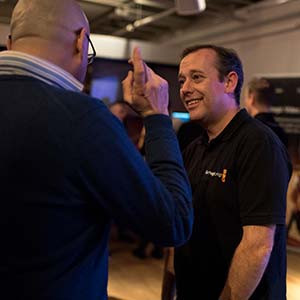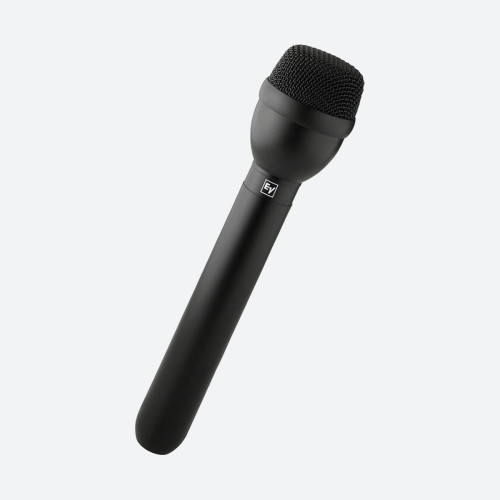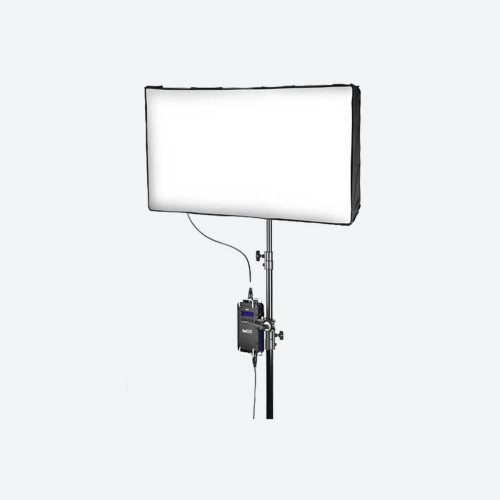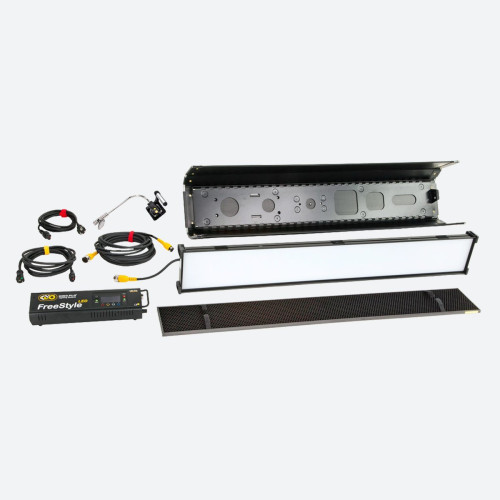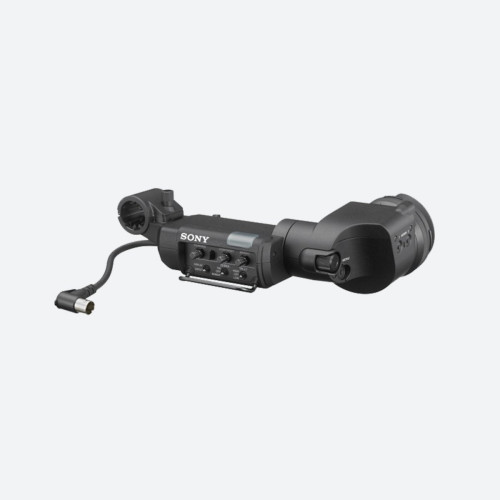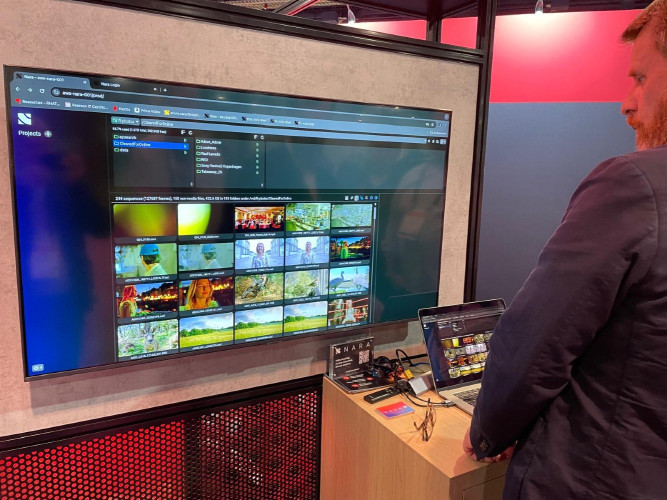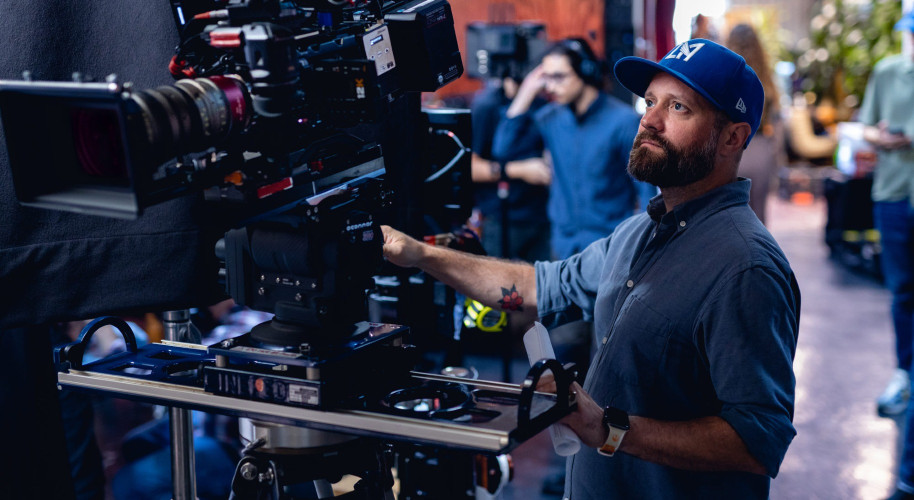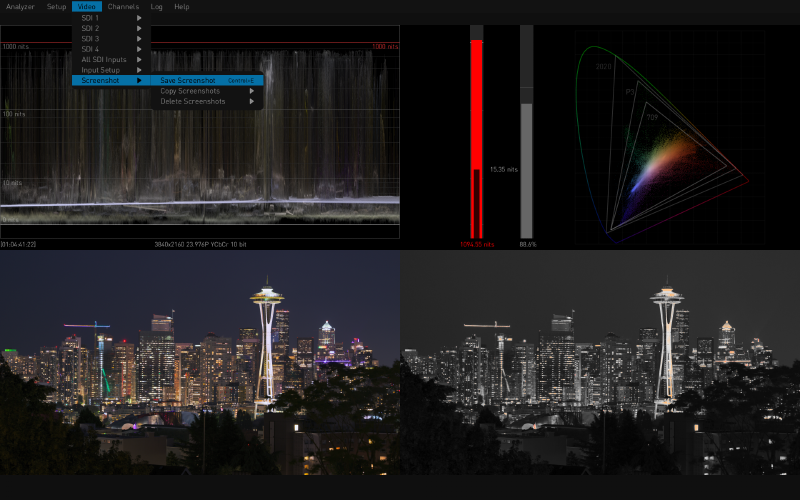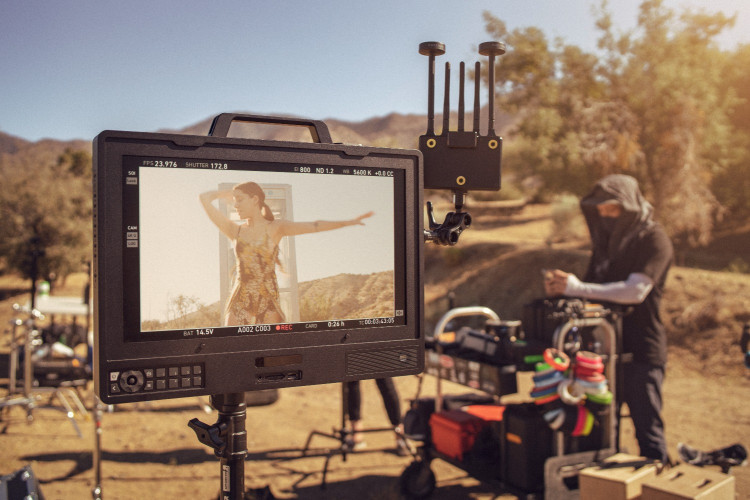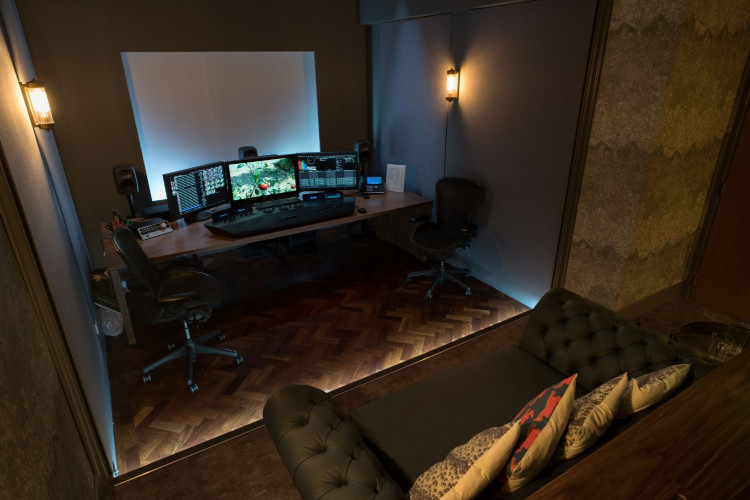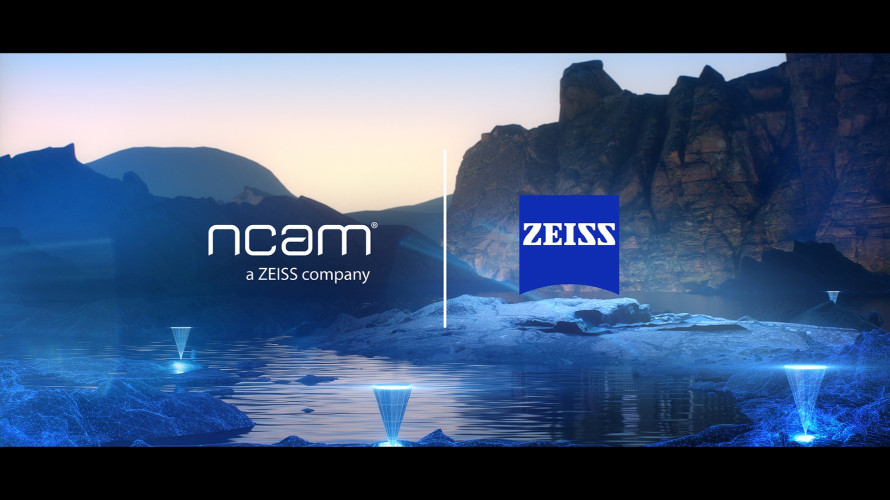Love it or hate it, 2016 will certainly be a year to remember, for many reasons.
In the world of post-production, we\'ve seen high dynamic range become incorporated into UK studio pipelines for the very first time. We watched Ang Lee demonstrate exactly what you can do by shooting at 120 frames per second in combination with stereo 3D. We\'ve even become stunned spectators as film steadily makes a comeback as a creative medium, and VR goes from tinkerer specific to becoming a fully-fledged consumer technology to buy.
As the industry continues to develop at an increasingly fast pace our only question is: What can this year\'s most cutting edge innovations tell us about what\'s coming next? To find out, we\'ve caught up with some of the professionals working with 2016\'s most ground breaking technologies to learn more about what they think the future will hold for us all.
Colour Reinvented
Though the history of High Dynamic Range photography spans as far back as 150 years, the developments in HDR technologies for video have become one of the most exciting innovations in post-production today - with many considering it the biggest shift since the introduction of 4K video.
"HDR is not just a new delivery format, this is a completely new playground for creative people,\" says Goldcrest Post colourist Rob Pizzey, who delivered feature films such as Jason Bourne in HDR this year.
He explains that as with high dynamic range photography, which combines a series of different images together to take advantage of the best elements of each, HDR in video addresses the problems that come with imagery that is both over and underexposed, making it possible to bring back incredible detail from shadows, highlights and every tone in between. "It is clear that content creators are becoming increasingly responsive to the potential of HDR,\" suggests Pizzey, who already has two major studio films scheduled for DI in 2017, and will include an HDR version amongst their list of deliverables.
"As a format it is allowing us to deliver a completely new experience to the audience,\" he continues. "On Bourne, it made a huge difference to be able to see so much more detail, even in the little details such as the clouds in the sky. The final pictures are stunning.\"
"Quite often, we would have the Rec 709 SDR version next to the HDR, and the difference would be obvious,\" agrees BBC colourist, Jon Howard. As a part of the BBC\'s in-house post production, Howard was in charge of the preliminary grade testing involved in delivering a new chapter in one of the world\'s most well-known documentary series, Planet Earth II, in full HDR. His aim was both to showcase what we could do with high dynamic range, and give our production teams confidence in a new standard of picture quality. Producers were impressed by the level of detail available in highlights and shadows and overall clarity.
Despite needing to showcase what HDR was capable of, initially, Howard admits that he himself needed a little convincing of the new technology. "At first, all I thought was wow, I need sunglasses for this! The screen is just so vivid moving from Rec 709 to Rec 2020. I am used to 100 candela displays in a typical grading suite, and going to a display that is 6 or 10 x brighter is quite a leap,\" he explains. "As a colourist, it\'s definitely a learning curve.\"
With so much more creative freedom to explore the wider colour gamut, Howard reveals that the biggest temptation for him was to increase luminance levels and introduce more contrast. A documentary series like Planet Earth would need to be as faithful as possible to real life, so each shot would require meticulous care. Using DaVinci Resolve\'s colour management toolset as well as its new HDR features, he needed to readjust how he approached grading to get things right.
"Seeing more range means that you have a better perception of detail, it feels like pictures are more true to life without being 3D, edges are more defined and everything just feels sharper,\" Howard tells.
"For instance you could have a scene where there are differing highlight luminance levels such as clouds, reflective puddles with specular highlights. On an SDR display, it can be hard to distinguish between all those highlights particularly well, whereas with HDR you have these distinctive planes of highlights which makes the viewing experience closer to the human eye. Even on a cloudy day sometimes you would have light coming through the clouds, and on the SDR display you can\'t see that light coming through and there\'s little detail, whereas with HDR you suddenly see all of this extra information. I took advantage of the flexibility it gave me in post to more faithfully deliver and represent the world than ever before, and the producers on Planet Earth were very enthusiastic.\"
Film makes a comeback
Together with HDR, one of the biggest changes evident in post-production this year was the return of the idea of using film as a viable medium - on which thanks to companies such as Blackmagic Design and Kodak, it seems the production industry is now truly coming around full circle.
"It\'s easy to forget that digital is not without its hidden costs,\" begins Rip Hampton O\'Neil. As the director of research and development at Paris based post-production company Film Factory, which has been working in professional film development and processing for more than 20 years, he has not been surprised by the recent trend that is seeing a rise in the use of film.
"Of course, there are a few challenges we still have to face as film makes a resurgence, especially as fewer companies today actually know how to handle film,\" O\'Neil continues. "The knowledge of how to process and manipulate film is disappearing at an incredible rate. I\'m getting DPs from production companies asking questions where it\'s evident that they don\'t know what film is because they are so used to digital. Luckily, as more and more film is used we\'ll naturally see those skills return once again, we just need to support filmmakers as they learn.\"
"It\'s really exciting to see that we\'re finally coming back to the swing of the pendulum where film is becoming a true creative medium,\" he adds. "Production companies are starting to realize that there are many hidden costs to digital. For instance, because the actual process of filming costs so little, cameras tend to run from morning until night, which incurs a huge cost in post-production. Because using film as a medium is still slightly more expensive, film production on the other hand tends to be more tightly controlled, which makes everything much more efficient. And, while it is still slightly more expensive to process, the falling price point of new technologies means that the cost is a rapidly diminishing issue for filmmakers.\"
One such technology for Rip and his team is the Cintel scanner, which processes 1.5 gigabytes of data per second to digitize 4K film directly into Resolve, so that post teams can go straight into colour correction and mastering work without wasting time on slow file copying after scanning. A few years ago, the scanner was 20 times the price it is today.
"It\'s these technologies that are making film as a medium both faster and more cost effective than ever before,\" O\'Neil concludes. "Ultimately, the exciting thing about the future with this is not the idea of digital dying out, but of filmmakers being able to have more options. Completing a movie is a creative process, and it\'s a great thing to be able to ensure more filmmakers have access to both digital and film as potential tools with which tell their stories for a very long time.\"
//Title: The Jason Bourne Experience
Jason Bourne was a gritty, atmospheric looking film, with the filmmakers wanting to keep the same mood for the HDR grade,\" explains Pizzey. "We took the decision to replicate the REC 709 grade with a slight contrast and highlight tweak throughout. Once Bourne arrived in Vegas we took advantage of the extended dynamic range especially in the night car chase. The extra detail in the highlights was amazing.\"
//Title: The Manufacturer\'s View: An Interview with Simon Westland
Could you tell us more about what it\'s been like this year from the point of view of a manufacturer within the post production industry?
It\'s great to see so many innovations in post over the past year and how the industry is responding to these. We\'ve noticed more and more incredible rigs being built to incorporate virtual reality productions, so that anyone, anywhere in the world, can put on a VR headset and experience an event like a fashion show or even the Oscars, first hand.
HDR is another topic that post companies are responding to, and I think that\'s set to be a key requirement going forward, especially with the increasing number of delivery platforms that now extend way beyond traditional broadcast. YouTube is a prime example. Towards the end of last year, it rolled out support for HDR. And so now, any creator can upload HDR video to YouTube.
I fully expect that we will see HDR delivery ramp up during 2017. While SDR remains the delivery format of choice, more and more productions are now delivering in HDR also as they look to make it more marketable for international distribution. And with the likes of Netflix and Amazon already transmitting a selection of shows in HDR, it is only a matter of time before the rest of the market follows suit.
What are you most excited about in terms of post-production heading into 2017, and why?
The business model for post has changed, and along with any change that comes with a degree of pain, and also resistance. It\'s not enough to carry on doing things the way you have always done them. You to embrace change. With fewer barriers to entry in terms of hardware and software costs, the market continues to open up to bright, new talent. What\'s truly exciting is when you see the outcomes of this talent and the innovation in the sector. This was no more evident than at the recent RTS Craft and Design Awards and I fully expect we\'ll see plenty more.
What are the main challenges you feel are coming up in the world of post for the future, from the point of view of the manufacturer?
As a manufacturer it\'s important that we always remain ahead of the curve and anticipate the needs of customers. Whether that\'s IP and fibre for moving material around a facility, or providing them with the software tools necessary to realise their creativity. If anything breaks a post workflow that can cost users time and money whilst also causing them pain. As such, we are always conscious of this in the product decisions we take. As a company we were founded from the post production industry and it is therefore something we\'re incredibly passionate about.




